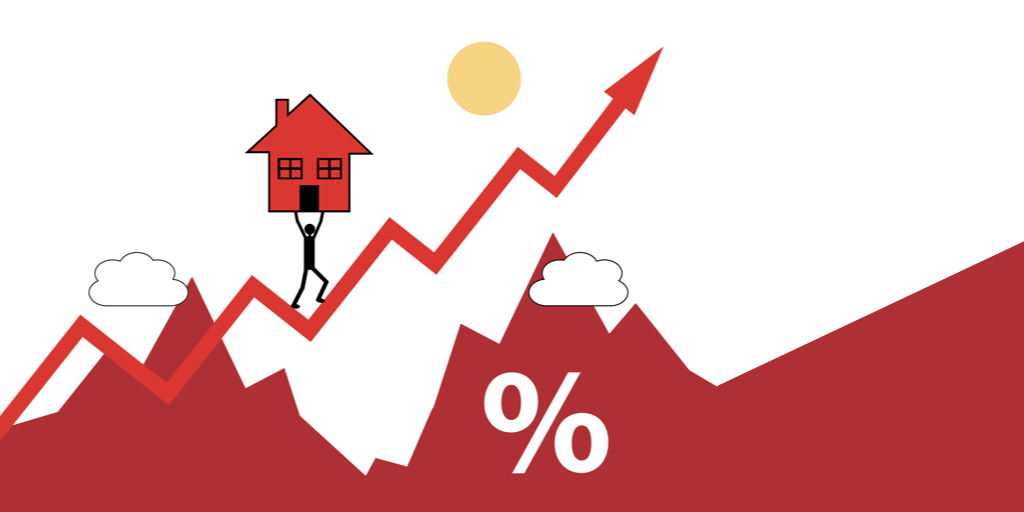Editor in Chief: HECMWorld.com
As a prominent commentator and Editor in Chief at HECMWorld.com, Shannon Hicks has played a pivotal role in reshaping the conversation around reverse mortgages. His unique perspectives and deep understanding of the industry have not only educated countless readers but has also contributed to introducing practical strategies utilizing housing wealth with a reverse mortgage.
Shannon’s journey into the world of reverse mortgages began in 2002 as an originator and his prior work in the financial services industry. Shannon has been covering reverse mortgage news stories since 2008 when he launched the podcast HECMWorld Weekly. Later, in 2010 he began producing the weekly video series The Industry Leader Update and Friday’s Food for Thought.
Readers wishing to submit stories or interview requests can reach our team at: info@hecmworld.com.









4 Comments
It’s the best of times for a Reverse Purchase. Education is the key.
Rebecca,
HECMs for purchase have been with the HECM industry for over 15% of the time there has been HECMs. In about 18 months, that percentage will be close to 25%. What percentage of endorsements come from the purchase product, 3%-4%?
The purchase product has been and remains a laggard. Will it grow? Well, if 153 endorsements for April 2012 is a clear indication of substantive growth in a product which has been labelled “the sleeping giant”, then we all better find new careers.
I am working with developers who have a broad array of prices and home sales on the resale end of things. These then are boosted by the new construction prices, making it easy for me to take a Reverse for Purchase and allow them to move up to what they rreally wanted 7/8 years ago but did not have the funds to do so.
The developer has his own in house resale team, plus a large Prudential presence as well as an ERA acttive team in there as well.
Bank of America does all the forward deals and I do the Reverses, and with over 40,000 acres to develop I hope to finish my career there in about 15 years. I also get to work with the BOA financial planner who services that arena.I got the opportunity when Met Life could not deliver and I was referred by another develper with whom I have been working..
Shannon,
Your points are well taken.
It is said that the average appraised value of the home of a Saver borrower is about $100,000 more at the time of origination than the home of a Standard borrower. Unlike Standard borrowers, many of the Saver borrowers are not needs based.
What is interesting is that the average fair market value of the home of a new HECM borrower at the time of origination is $252,721 so far this fiscal year. That is 10.8% lower than for fiscal year 2009 when there were no Savers. Imagine how much worse the picture would be if homes related to Saver borrowers were removed from that average for this fiscal year.
Looking further, not only did fiscal year 2009 have higher average values but so did fiscal years 2010, 2011, 2005, 2006, and 2007. Looking at just the last three fiscal years listed (2005-2007), the lending limits in those years were capped by county and except for Alaska, Hawaii, and some US possessions, they were all less than $363,000.
Since fiscal year 2009 the trend for average appraised home values of new HECM borrowers at the time of origination has been going down. While “all real estate is local,” we are still seeing the effects of the national Great Housing Depression.
Will the appraised values of homes in the lower tiers of values recover? No doubt but the “velocity” of the appreciation will be local at first. For example in the small neighborhood I used to live in, homes last year fell 8% but homes within the same zip code only fell 4%. The reason why is because a massive commercial office development near that neighborhood being put together by Boeing had to be put on hold due to the general business environment in Southern California. The homes in our old neighborhood are priced in the range that only those in management of the expected businesses would have been able to afford. It is expected that when the project goes back on line, homes in my old neighborhood will take an immediate rise upward faster than any neighborhood within our old zip code.
It is hard to see a significant increase in home values this summer. How far away is it especially for the tiers you discussed on a national average basis? Who knows?